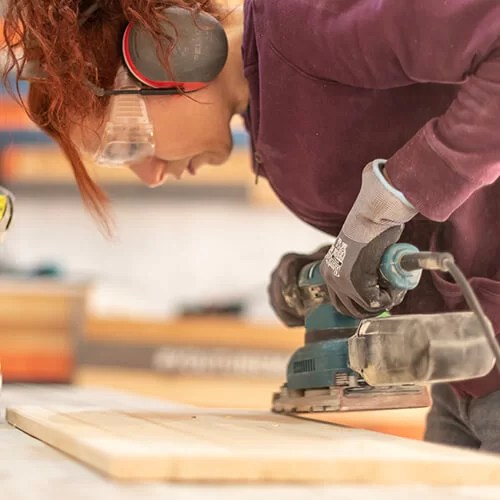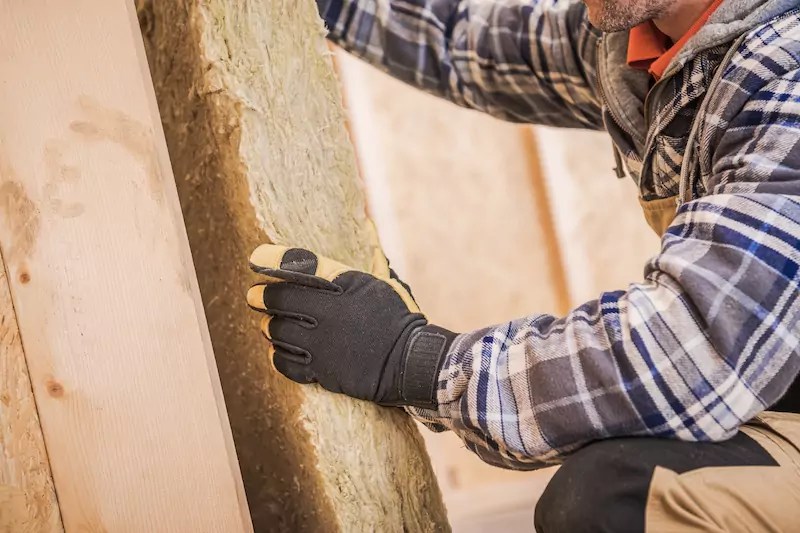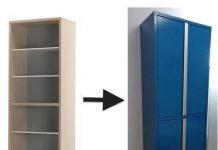
In winter is when we really notice the importance of the thermal insulation of houses and we suffer the consequences of its deficiencies in the event that they exist. To remedy this, this guide will help you choose what type of insulation you need to protect your home from the cold.
There are different materials suitable for protect your home from inclement weather, as well as the sensation of humidity. When choosing the most suitable for your home and spend a more pleasant winter, it is necessary to know the characteristics of each of them.

Types of insulation to protect your home from the cold
Next, you will be able to see the main types of insulation that exist to provide you with a good insulation to your home.
expanded polystyrene
The expanded polystyrene (EPS) It is the classic white cork that is used both for construction and in packaging to protect goods.
Usually, it can be found in plates or plates of different thicknesses and densities, as well as in the form of balls. The latter are mixed with concrete and aggregates to create a thermoacoustic insulating mortar.
Among its main advantages are:
- Its lightness, resistance to humidity and ability to absorb impacts.
- Ease of placement due to its low weight.
- It is economical.
On the other hand, its main disadvantage is that it is flammable and another system must be added to protect the structure from fire.
extruded polystyrene
The extruded polystyrene (XPS), also called extruded insulation and extruded polyurethane, is a material very similar to expanded polystyrene. Visually it differs because the expanded polystyrene has a finish in which the union of small balls can be seen, while the extruded polystyrene offers a practically smooth finish.
In addition, it has very good mechanical and water resistance and incorporates flame retardant components that protect it from fire, although it begins to deform from 100º.
It is an insulator that is found as plates of different thicknesses and is usually used in floors, cold rooms and as facade panels.

Polyurethane foam
The Polyurethane foam It is basically formed by the gaseous chemical reaction of two components: polyol and isocyanate. It is also known colloquially as foam rubber.
In construction it is mainly used to fill gaps, as well as thermal and acoustic insulation. Among its advantages are:
- It takes up very little space as an insulator.
- It sets up very quickly. Its projected spray system allows its direct and uncomplicated application.
- It does not deform over time.
However, one of its main disadvantages is that it is very sensitive to ultraviolet rays and that it is a toxic material. This is because when it is directly exposed to fire, it releases oxygen cyanide, which is highly harmful to people’s health.
Thermal insulation with Supafil
Supafil mineral wool is a thermal and acoustic insulation composed of recycled glass and sand. It serves both to keep the heat in winter, and to create insulation in summer. Also, it’s a eco-friendly material which reduces CO2 emissions.
It is specifically designed to be blown into air chambers in the walls of houses, as long as there is an air chamber. The installation can be done in a single day without modifying the walls or having to vacate the house. It is only necessary to make small holes that are then covered without leaving a trace.
For all these reasons, it is the most complete alternative to protect a home from the cold, as well as being the most innovative solution currently on the market.
What is the best insulation for a house?
As you have seen, of the different types that exist, each one has its advantages and disadvantages and may be more suitable depending on the type of home and its structure, as well as the work carried out for its installation.
In general, if you are looking for a very complete solution, you can opt for the thermal insulation with Supafil, since it is the one that best adapts to practically all kinds of circumstances. In addition, it must be taken into account that it is also the least harmful to the environment.
Finally, we must bear in mind that good thermal insulation can reduce our energy consumption by up to 30%, so it is considered a long-term investment. The greatest energy saving is achieved by insulating the façade and roof.

I hope this practical guide on how to protect your home from the cold help clarify your doubts when looking for insulation for your home. Do not forget that you can find many more guides on DIY and decoration on and on .



